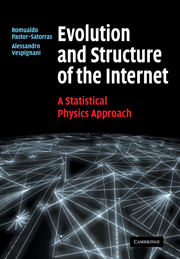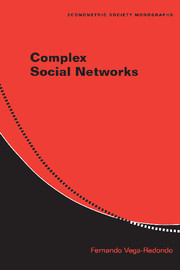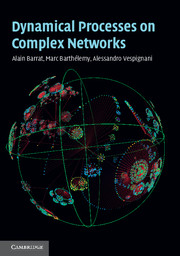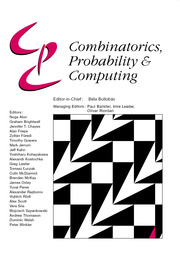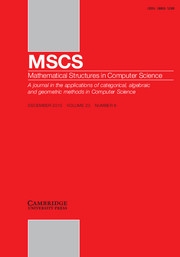Evolution and Structure of the Internet
Viewed in this analysis from a statistical physics perspective, the Internet is perceived as a developing system that evolves through the addition and removal of nodes and links. This perspective permits the authors to outline the dynamical theory that can appropriately describe the Internet's macroscopic evolution. The presence of such a theoretical framework will provide a revolutionary way of enhancing the reader's understanding of the Internet's varied network processes.
- Statistical physics and complex systems theory applied to the understanding of the Internet physical structure
- Interdisciplinary approach to the study of the global Internet
- A comprehensive presentation of the scientific characterization of the Internet
Reviews & endorsements
"...a good point of reference or entry-level introduction to complex networks ... definitely an interesting read."
Journal of Statistical Physics
Product details
July 2007Paperback
9780521714778
284 pages
243 × 169 × 14 mm
0.463kg
81 b/w illus. 8 tables
Available
Table of Contents
- Preface
- List of abbreviations
- 1. A brief history of the Internet
- 2. How the Internet works
- 3. Measuring the global Internet
- 4. The Internet's large-scale topology
- 5. Modeling the Internet
- 6. Internet robustness
- 7. Virtual and social networks in the Internet
- 8. Searching and walking on the Internet
- 9. Epidemics in the Internet
- 10. Beyond the Internet's skeleton: traffic and global performance
- 11. Outlook
- Appendix I: graph theory applied to topology analysis
- Appendix II: interface resolution and router topology
- Appendix III: numerical analysis of heavy-tailed distributions
- Appendix IV: degree correlations
- Appendix V: scale-free networks: scaling relations
- Appendix VI: the SIR model of virus propagation
- References
- Index.

